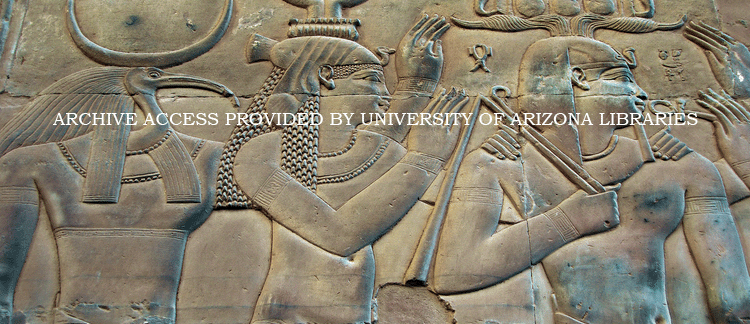Abstract
The Amarna Letters from Syria-Palestine were written in a mixed language comprising the lingua franca, Akkadian, and what appears to be the local West-Semitic or “Canaanite” language. One of the more distinguishing features resulting From this combination of the two languages is the use of the injunctive form, limited in this article to the jussive (Canaanite) and precative (Akkadian), which were equivalents in the respective languages. Yet while both verbal forms are injunctive and express a wish or an indirect command, the scribes of Syria-Palestine were by no means consistent in their preference for one or the other form. This article maps the geographical pattern of the use of the injunctive, revealing a clear division: the northern and central cities preferred the precative and the southern and coastal cities elected for the jussive. The phenomenon is explained in terms of the regions’ place in the Egyptian empire and the difference in the regions’ familiarity with the Egyptian imperial administration.
How to Cite
Siddal, L. R., (2010) “A Geographical Analysis of the Injunctive in the Amarna Letters from Syria-Palestine and its Relevance for Egyptian Imperialism”, Journal of Ancient Egyptian Interconnections 1(4), 5-12. doi: https://doi.org/10.2458/azu_jaei_v01i4_siddall
1792
Views
1216
Downloads
